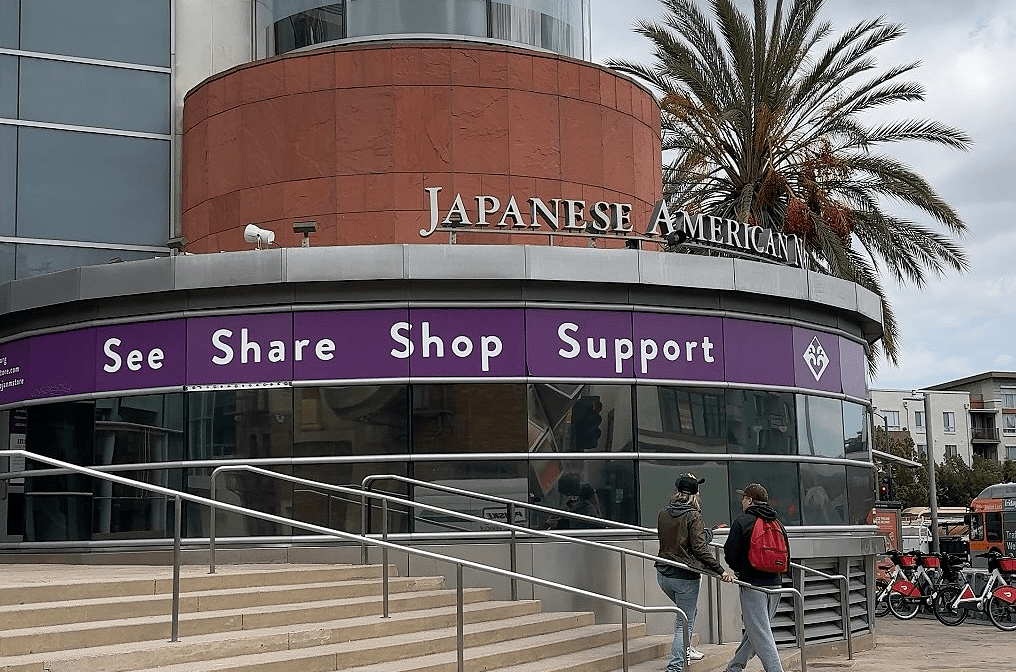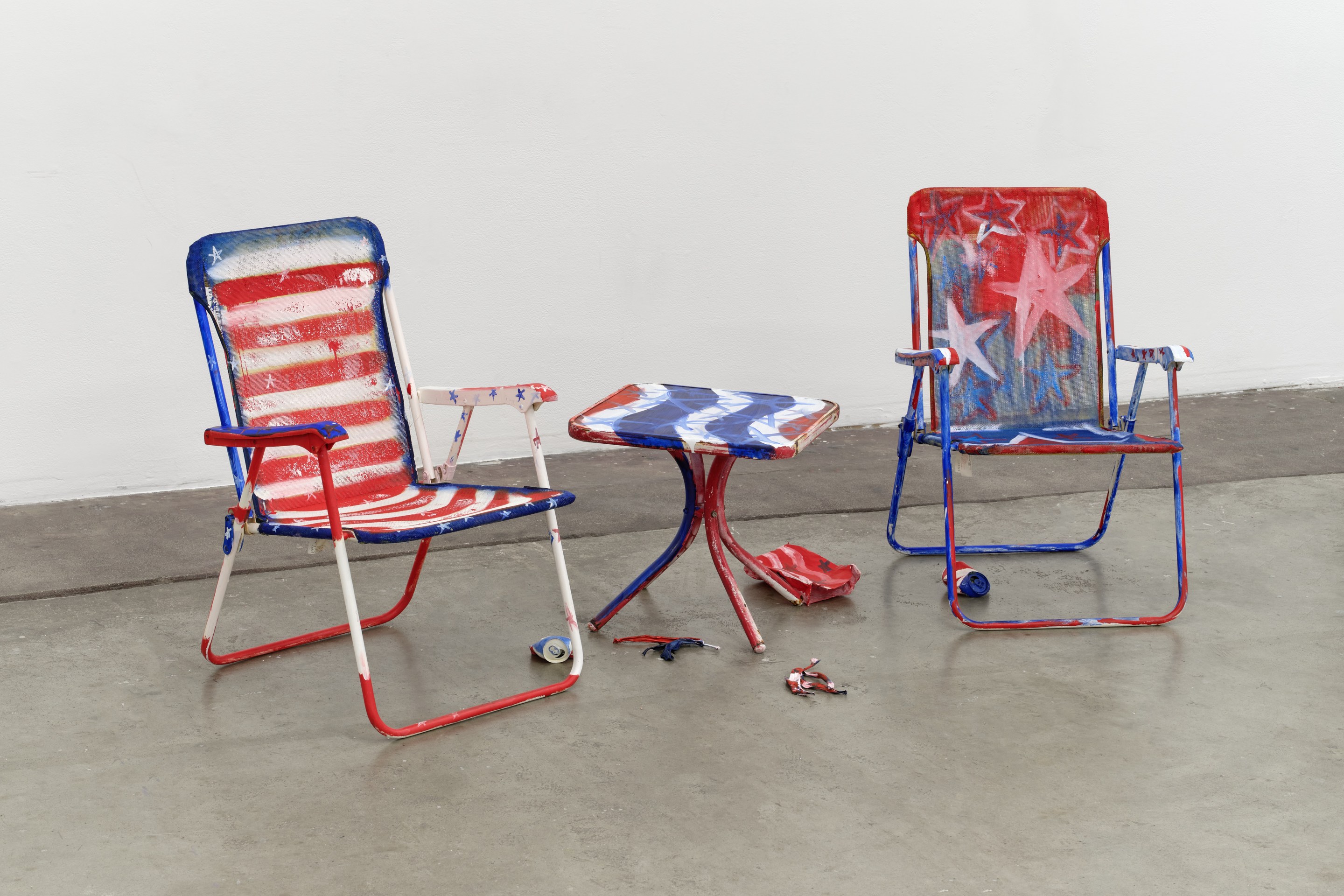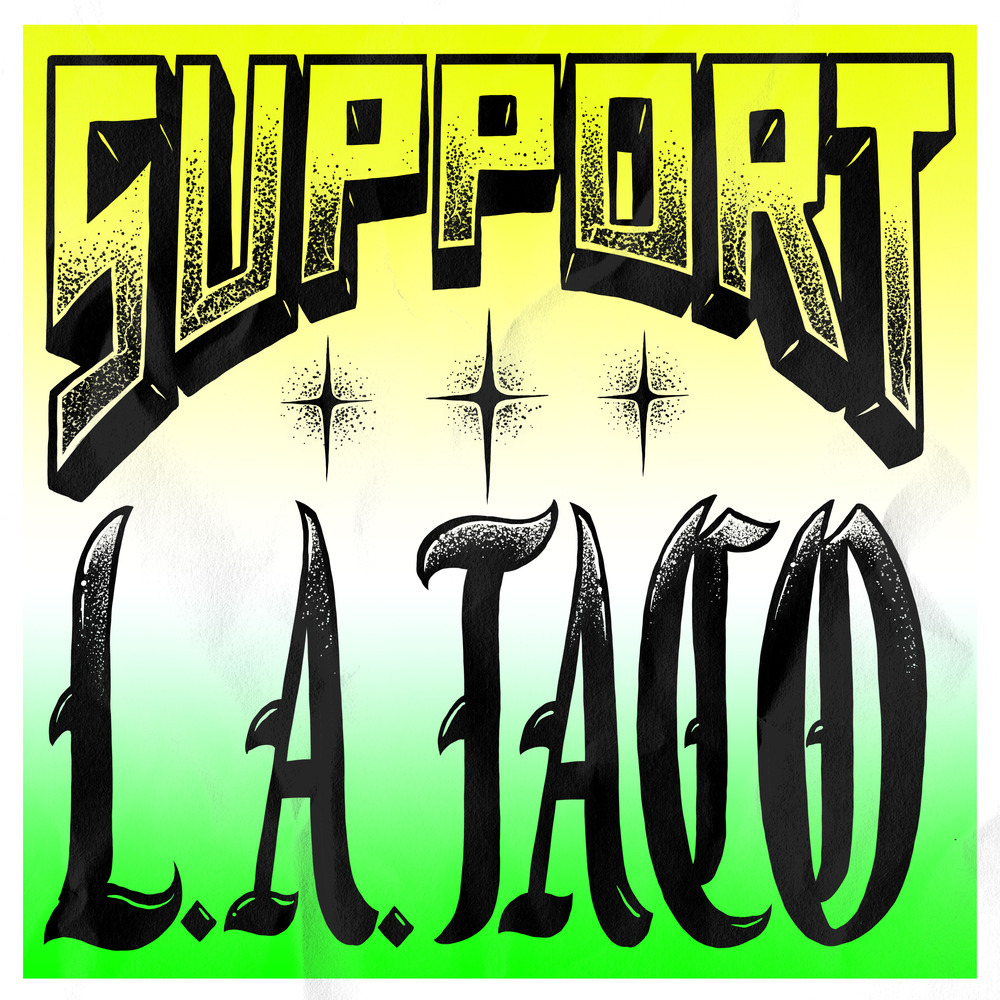The Japanese American National Museum (JANM) is a Los Angeles institution. First opened in 1992—the same day the Rodney King verdict was announced—JANM is dedicated to honoring Japanese-American history. As a pillar of the community, JANM is known for its educational programs aimed at teaching students and teachers alike about the incarceration of more than 120,000 Japanese Americans in 1942 in the U.S. during World War II.
Unfortunately, like many museums across the country, JANM has recently been targeted by the Trump administration. After receiving a letter saying that their programs do not align with the current administration’s goals, their funding was cut by $1.7 million (with an additional $5 million still in limbo).
We spoke with Bill Fujioka, the chair of JANM’s Board of Trustees and former CEO of Los Angeles County. He spoke about the recent cuts to federal funding, what differentiates the museum from others, and JANM’s ongoing mission to speak out against injustice.

L.A. TACO: Before we get started, can you tell me a little bit about JANM?
Bill Fujioka: The Japanese American National Museum opened in 1992. The primary mission was to preserve the stories of the Japanese-American community, starting with immigration in the late 1800’s/early 1900’s. In addition to preserving the story, we feel it’s critical to retell the story, and I used to tell people that was with the hope that what happened to the [Japanese-American community] in 1942 never happens again. But, unfortunately, with current events, it is happening again.
And so now we feel it’s even more important to tell our story and to stand up and to support other marginalized communities who are being subjected to this gross injustice, violation of civil rights, due process, and everything that actually occurred to our community in 1942.
How much funding has JANM lost due to the current administration’s cuts and dismantling of federal agencies?
Well, right now it’s about $1.7 million, and it was coming from the Institute of Museums and Library Services [and] the National Endowment for Humanities. However, we have another $5 million pending in current applications. So that’s clearly at risk.
As an affiliate of the Smithsonian, which was specifically targeted by Trump’s executive order, have you been pressured by the Trump administration to make any changes to your programming?
We got a letter that essentially said that our programs do not align with the current administration’s policies and goals. I think that vague statement—it’s vague, but it’s also an obvious statement because we proudly stand up for social justice, diversity, equity, and inclusion.

[There are] other nonprofits that are scrubbing their websites of all reference to diversity, equity, and inclusion because of the fear. With the loss in support from the federal government, it could mean the end of [those] nonprofits. As I mentioned, we lost about $1.7 million and another potential $5 million, but we feel strongly—the entire JANM family [including] staff, our executive team, the board of our trustees, our governors — everyone feels that we need to honor the legacy of our first and second-generation Japanese Americans.
The current administration didn’t give you any other information about how you’re supposedly at odds with their policies?
We had a signed contract. We had an award letter. We have everything that constitutes a legal contract, and to take it back after everything has been done—it was appropriated by Congress. In my mind, and I’m clearly not an attorney, it’s truly illegal. We’re not, unfortunately, unique in experiencing this injustice. There [are] thousands of nonprofits across the country who are also suffering this same injustice.
Other museums haven’t taken a stance like us. I’m a third-generation Japanese American. My father and uncles fought in World War II and were highly decorated veterans. My grandfather was arrested within 20 minutes of the bombing of Pearl Harbor, and he was put in prison for about four or five months. [There] was no due process. There was no trial. He was just taken from his family. They busted his door down in Boyle Heights, East Los Angeles, and he disappeared for a period of time. What he did and what he sacrificed, and what my father and uncles sacrificed, is something that I’m very, very proud of, and I want to honor their legacy.

You lost a nearly $200,000 grant for workshops that educate teachers about the country’s history of incarcerating Japanese Americans during WWII. Thankfully, you were able to raise back the funds from donors. Can you tell us about that program and why its funding is so important?
We brought in thousands of [local] kids from Title I schools to come to JANM and learn about our experience. We would bring in over 100 teachers from across the United States to come here, work with our staff, learn about our experience. They would even take a field trip to Manzanar [which is], as we call it, one of America’s concentration camps. So they’d actually go up to a camp and see that. I didn’t know about what happened to the Japanese Americans until I was 14. It was not taught in schools. It’s currently not in any history books that are used in any of our primary or secondary schools. [These teachers come] and fully immerse themselves in what we do at the Japanese American National Museum and, in turn, take it back and share it with their students.
Now this is not a partisan issue. This is not a political issue. This is history. When [Title I students] come to the museum, the vast majority are immigrants. Hopefully they can see themselves in the Japanese-American experience. We came over as immigrants with nothing. [Our parents and grandparents] left Japan, with the hope for a better life, and they worked real, real hard, and they found that life. I tell people—and I’m very proud of this—that nothing I ever achieved in life happened if not for the sacrifices of the issei and the nisei. [And] every immigrant kid can say that. So, we’re hoping that, as kids go through our museum and as teachers experience that full immersion, it will resonate with them.
What can Japanese-American history teach us about what is happening in this current political moment?
What’s happening now with the current administration invoking the Alien Enemies Act of 1798—that was used in 1942 to deport a lot of Japanese, but also Germans and Italians, and then it gave birth to Executive Order 9066. I think that our experience and our history [has] produced, at least in myself and my peers at the museum, a generation of individuals who will stand up for social justice and civil rights.
Diversity, equity, and inclusion should not be a partisan issue. This should not be a political issue. This is really what America’s all about.







